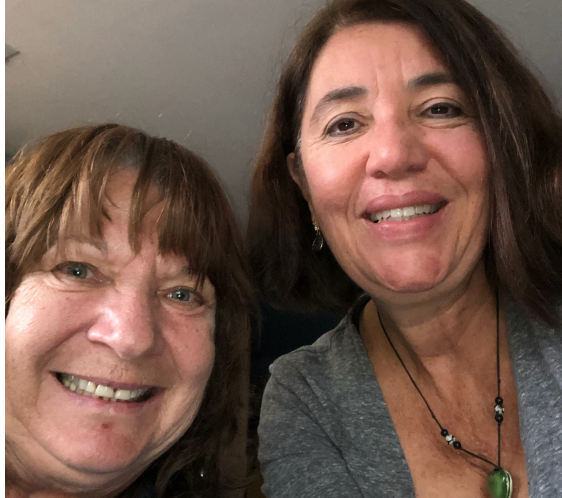Teaching During the Pandemic in Brazil: a lost year?
- Marcos dos Santos, Director CEIN Brazil

- Dec 16, 2020
- 2 min read
In March 2020, the shutdown of some official departments in Brazil was officially decreed, among them the educational institutions, starting first in the State of São Paulo, after which the other States of the Brazilian Federation, which are 26 States and 1 Federal District, were gradually taking stoppage actions.
With Decree Law No. 64,864, of 3/16/2020 – Suspension of classes, from the State of São Paulo, on March 23, 2020, 100% of face-to-face activities were suspended.

With the goal that classes would resume in April 2020, some resolutions as measures were taken, such as Seduc Resolution 44, of 4/20/2020 – Reorganization and replanning of the school calendar and activities which aimed to prepare the school team for the return to classes by 3.5 million students on March 27, 2020 and that teachers and staff of state schools would participate during 3 days of school replanning. For this, the Pedagogical Coordination and the School of Training and Improvement of Education Professionals have prepared a joint document to guide schools within the State of São Paulo. However, the pandemic continued and forced the continuing of the suspension of face-to-face classes and the enforcement of other measures, including the use of the internet and social networks.
On the way back to classes, kits were also distributed with printed material containing handouts of Mathematics and Portuguese Language, comic books of Monica's (a famous Brazilian cartoon character) Class, extracurricular books, and a manual of guidelines to families and the Media Centers.
However, even with these actions, the result obtained did not match the expectations of principals, teachers, mayor and even the governor because not all students have access to the Internet, or even the necessary equipment and tools for connection, such as a mobile phone; there were even those who did not even have financial conditions to pay the internet providers monthly fees. In a survey conducted by DataFolha, commissioned by the Lemann Foundation, Itaú Social and Imaginable Futures, conducted from June 11 to 20, 2020, 43% of the students could not follow the classes. Among the low-income population, this fear was even greater, 60% of students feared they would not be able to keep up with their activities and 53% feared they could not keep up with the pace of classes.
According to the site Todos Pela Educação (All for Education) "Catching up in learning is possible with the right pedagogical tools, but the longer the time until resuming school’s routine, the more challenging the gaps will be, especially for the poorest".
In this context, being a teacher, I was also forced to adapt and, in a way, meet my students’ expectations. I confess that my greatest intention was, and it continues to be, not to leave anyone behind. In this remote teaching reality, I realized the difficulties of some students, and I enthusiastically repeated each lesson as many times as necessary, making each of them to feel special and, moreover, motivated.
.png)



Comments